Your cart is currently empty!
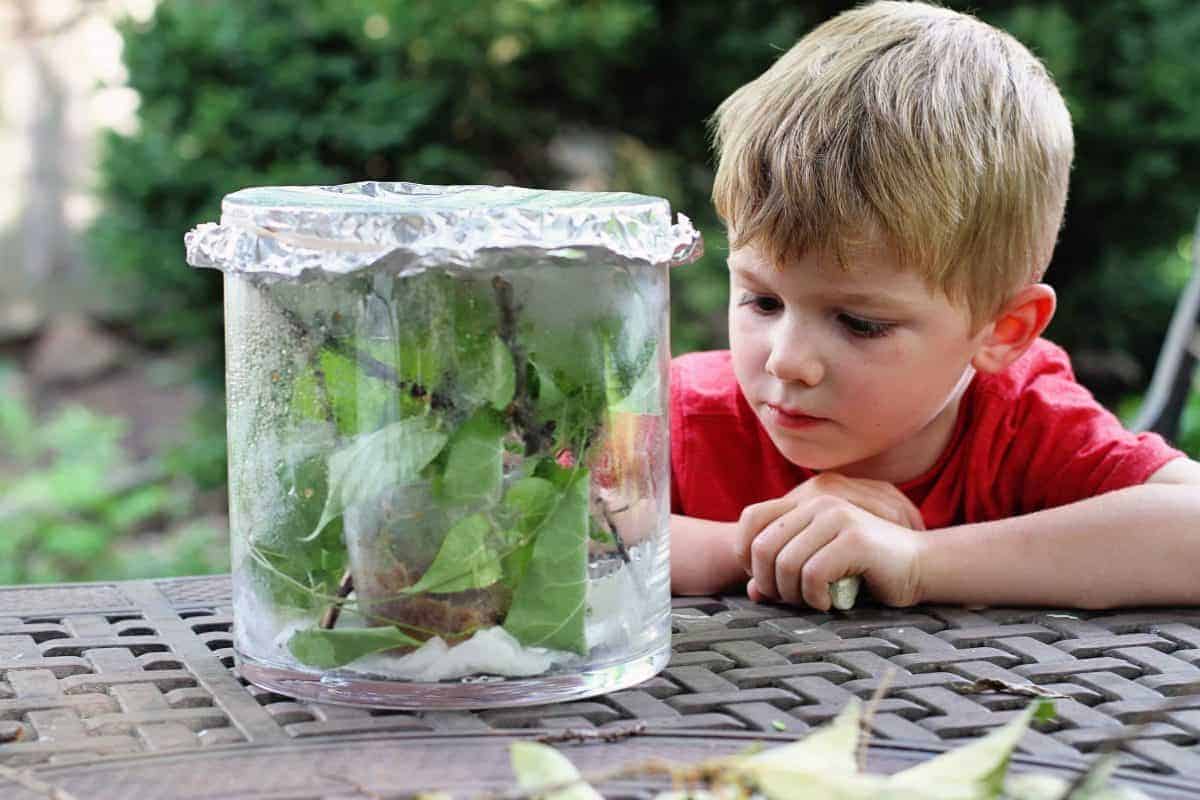
Raising Butterflies with Kids
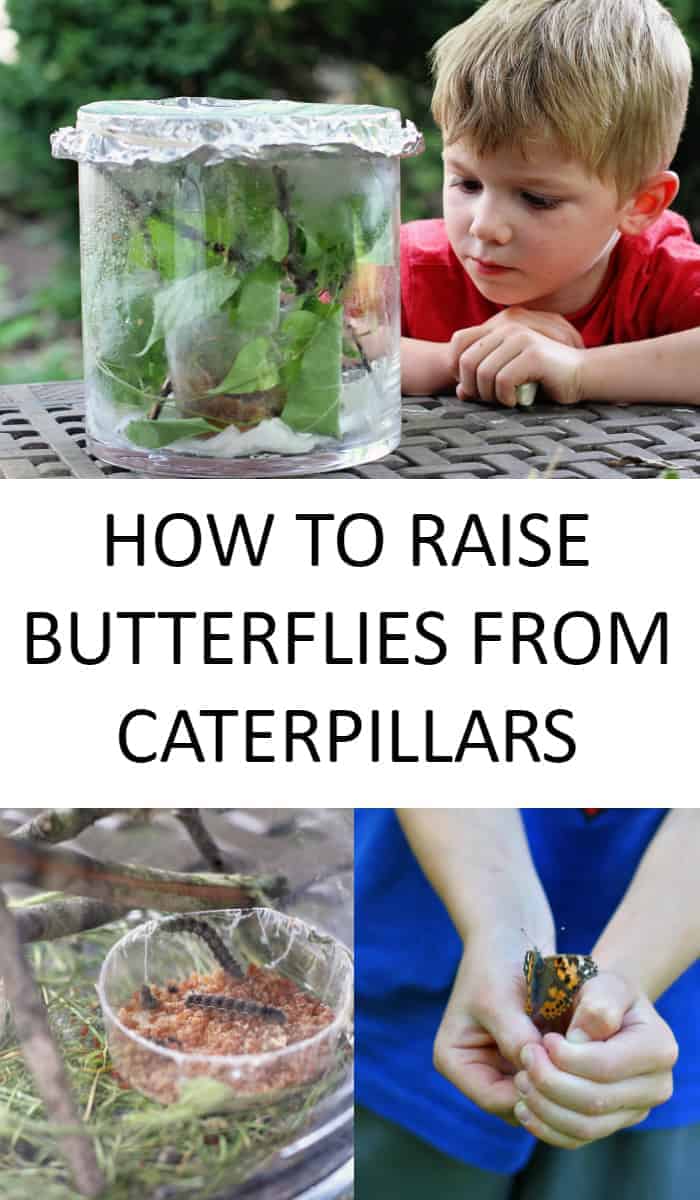
One of our favorite spring and summer activities is to raise our own butterflies from caterpillars. Watching the life cycle of a butterfly is absolutely fascinating, for both kids and adults. My husband and I are always surprised to find ourselves incredibly invested in the health and growth of our little caterpillars and we watch over them like concerned parents. The kids love observing the caterpillars as they inch their way around and explore, they marvel at how quickly they grow and can barely contain their excitement when the first butterfly emerges from it’s cocoon. Watching this spectacular metamorphosis up close and personal is an incredible experience that every kid should try.
Raising your own butterflies from caterpillars is a much easier and low maintenance science project than you might imagine. It’s an easy project for parents to set up and teaches children valuable lessons about observing nature, the metamorphosis process and taking care of wildlife. Whether you want to hunt for your own caterpillars or just purchase a kit online, we’re here to walk you through the process and make this an experience that you and your children will always remember and want to recreate every year.
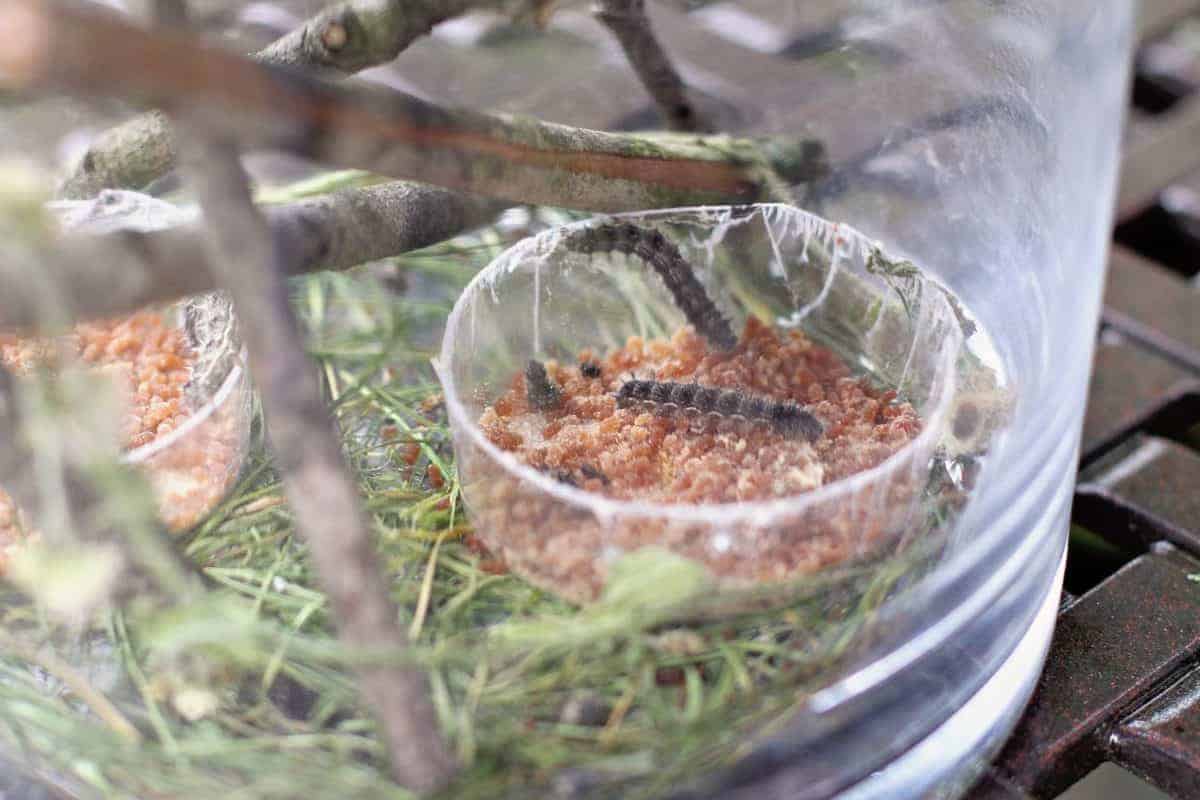
Finding caterpillars
Did you know that there are at least 725 different species of butterflies in North America? If you live in the U.S. it’s likely that there are about 100 butterfly species near you; even more the further South you are. If you know what butterflies are native to your area, you can look up the particular host plants that caterpillars prefer. Once you identify the types of plants, start looking for caterpillars on the leave. Caterpillars can usually be found on trees, grass and leaves near wooded areas. Caterpillars may also hide in piles of decaying leaves and on tree bark. Monarchs love milkweed. Caterpillars look different based on what species of butterfly they come from/will turn into. They can be brightly colored, dark and camouflaged, hairy, spotted, skinny or fat. June is usually a good month for finding caterpillars.
While it’s very exciting to go out and find your own caterpillars, that is easier said than done. Feel free to give it a shot with your kids, but if you can’t find any, don’t feel bad about ordering a kit online. Trust me, it doesn’t make you any less of a butterfly-lover to just have them shipped to your front door! Last year we purchased this butterfly growing kit that contained a mesh net butterfly habitat, feeding pipette and a voucher to order our caterpillars. Once our order was placed, a cup of 5 tiny caterpillars arrived at our door. The lid of the plastic container had air holes punched in it and there was a thick layer of “caterpillar food” (whatever that is) at the bottom of the cup.


Creating a caterpillar habitat
If you find your own caterpillars in the wild, you need to create a habitat for them. A large glass jar or small aquarium works great. Make sure it has a secure lid with lots of breathable fresh air (more than just poking a couple holes in a lid). Try using cheesecloth or mesh over the top. Gather some leaves of the host plant you found your caterpillars on and put them in a large jar with some sticks for crawling on and some grass in the bottom of the jar. Caterpillars only like fresh leaves, so change them out daily. And they get their hydration from the leaves, so no need to put any water in the habitat.
If your cup o’ caterpillars was shipped to you, you’re all set. There’s no need to take them out of the cup they come in, however, you can do the same thing and create a larger habitat for them, which makes it easier for kids to observe them and gives the caterpillars some extra space and things to crawl around on. We did this and left the cups of food at the bottom of the jar for the caterpillars to eat. We filled the jar with grass, sticks and leaves. The caterpillars loved exploring their surroundings, but they spent a lot of time down to the food cups to eat.
Watch them grow
It’s amazing how quickly your tiny little caterpillars turn into big fat caterpillars. The caterpillars you receive in a hatching kit will only be in caterpillar stage for 5-10 days. In that time they will more than triple in size. Mainly, they’ll eat, but they’ll also crawl around the habitat and practice spinning silk, which you can see on the outside of the container. You’ll also notice they they shed a bit, so don’t be alarmed when it looks like the caterpillars may have left a fuzzy segment or two behind. Keep the container around room temperature and out of direct sunlight, which can overheat them and cause condensation in the habitat.

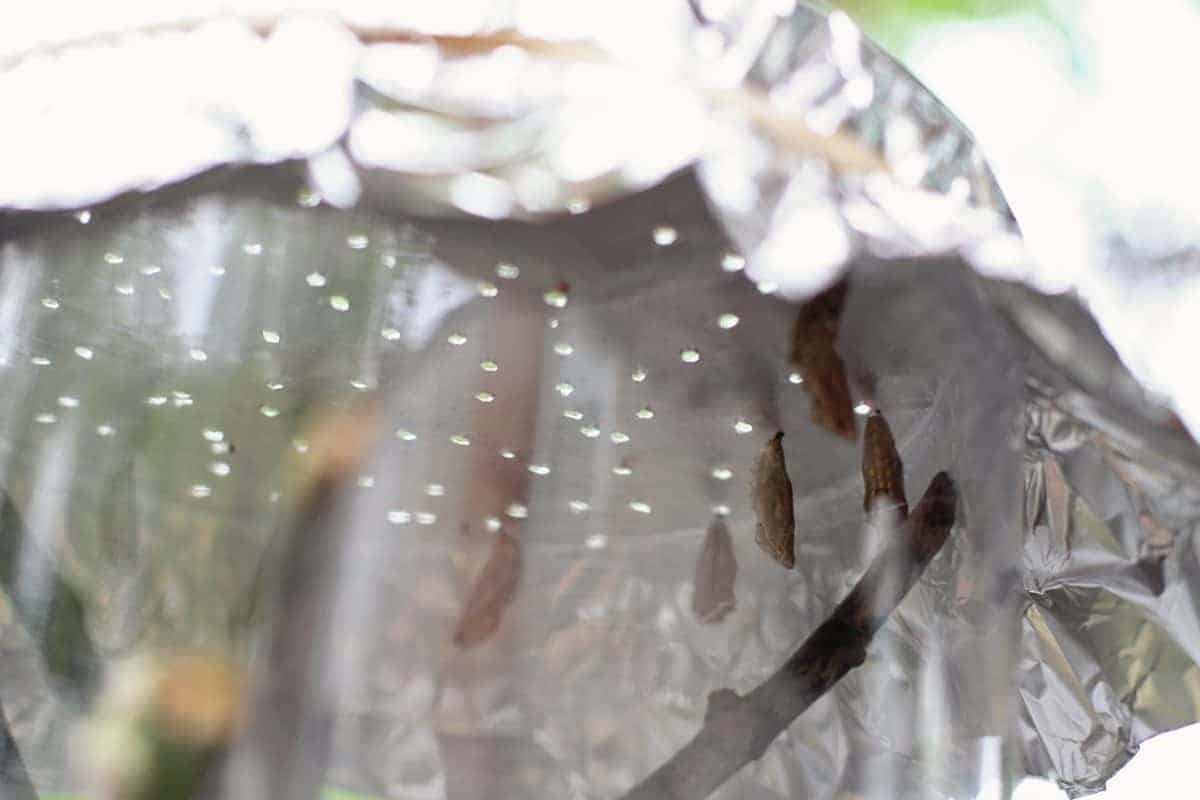
Changing into a chrysalis
When they’re big and fat and ready to change into butterflies, the caterpillars climb to the top of the container/habitat and attach themselves to the lid with strands of silk. They hang upside down and form a J-shape, which signals the start of the chrysalis process. They shed a thin layer of outer skin. During this time it is very important not to disturb, shake or move your container.
Once all your caterpillars form chrysalises, wait 24 hours and then transfer them to the hatching habitat (mesh pop-up). Move the entire lid and do not detach the chrysalises. Be very careful when transferring and remove any webbing that may be stuck to them. You can rest the lid against the side of the habitat, so the chrysalises hang down and lay against it. Once a day, spray a fine mist of water into the habitat for a tiny bit of extra moisture, but do not over-water.

 The birth of butterflies
The birth of butterflies
After the caterpillars form chrysalises, they emerge as butterflies in 7-10 days. The change is absolutely remarkable and it’s a great time to read a book or two on butterfly metamorphosis with your kids. The chrysalises grow darker as they get closer to emerging and sometimes they even shake! When your butterfly emerges, you may also see a red liquid that looks like blood – this is meconium. We call that the butterfly’s first poop!
When butterflies first emerge, they cannot fly. They need some time to stretch and strengthen their wings and push blood into their veins. After a few hours, the wings will be fully unfolded, dried and hardened and the butterfly will be ready for flight! However, you’ll probably be pretty attached to them by this point, so it’s okay to keep them a day to two to observe before releasing them. Make sure to have some food in the habitat, like fresh fruit (watermelon, bananas, strawberries, oranges) and a few drops of sugar water. Butterflies taste through their feet and eat through a tube called a proboscis.
Release your butterflies
When you’re ready, release your butterflies into their natural habitat. The release can be done by just opening the top of the habitat and letting them leave on their own or by gently cupping them and letting them go. If your kids want to release the butterflies, show them how to hold them very gently, so as to not damage their wings. It’s ok to shed a tear when they fly away. Even though you’ve raised them from tiny baby caterpillars, don’t worry, it’s not nearly as hard as sending your kid off to kindergarten or college (or so I hear). Once released, butterflies usually stick around the area and can be seen for several days in the vicinity of their release. Hopefully you’ll get lucky and they’ll stick around!

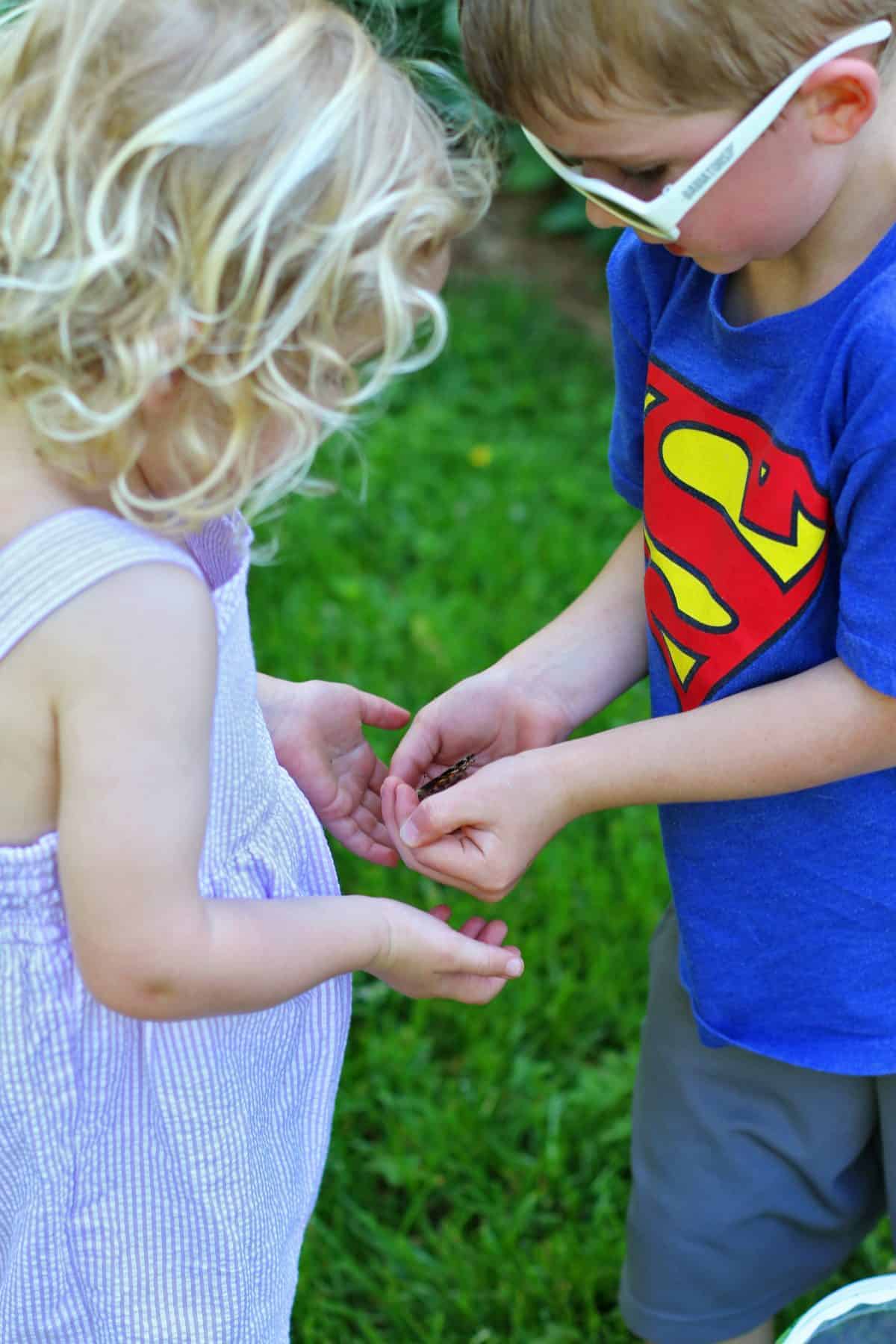
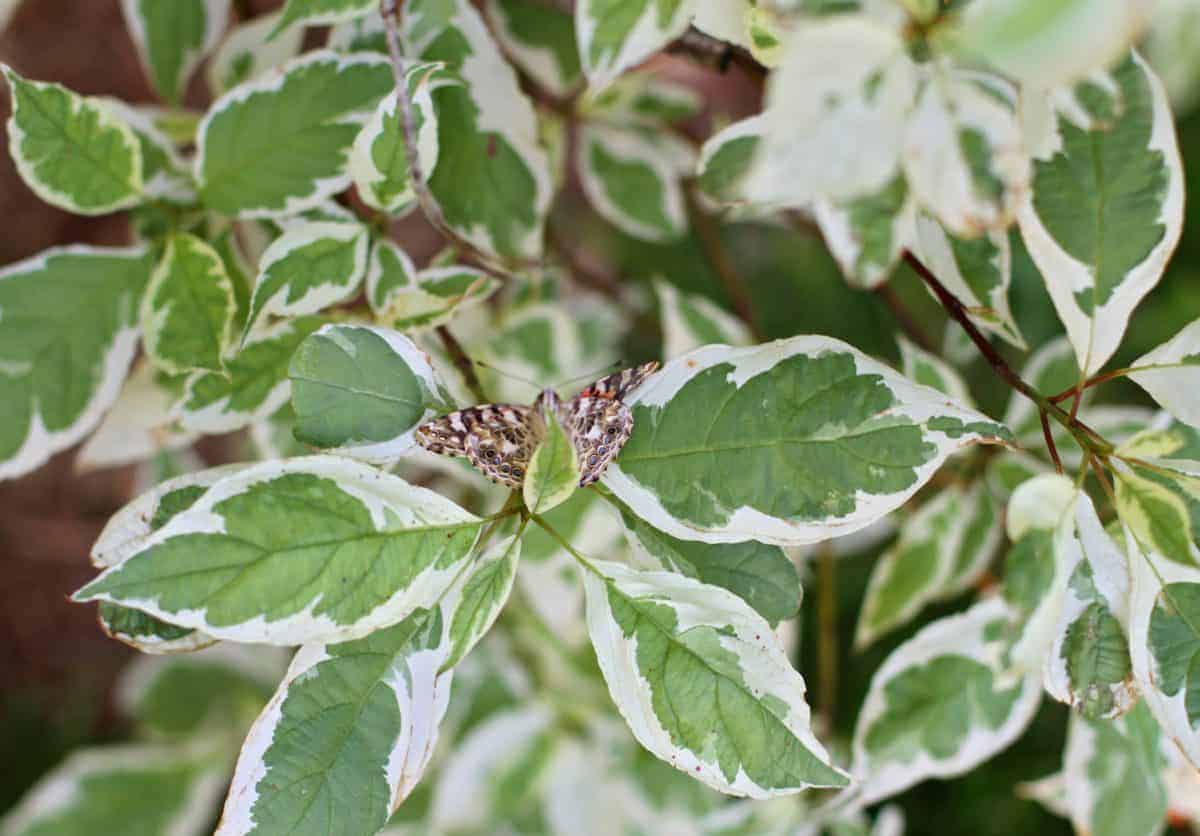


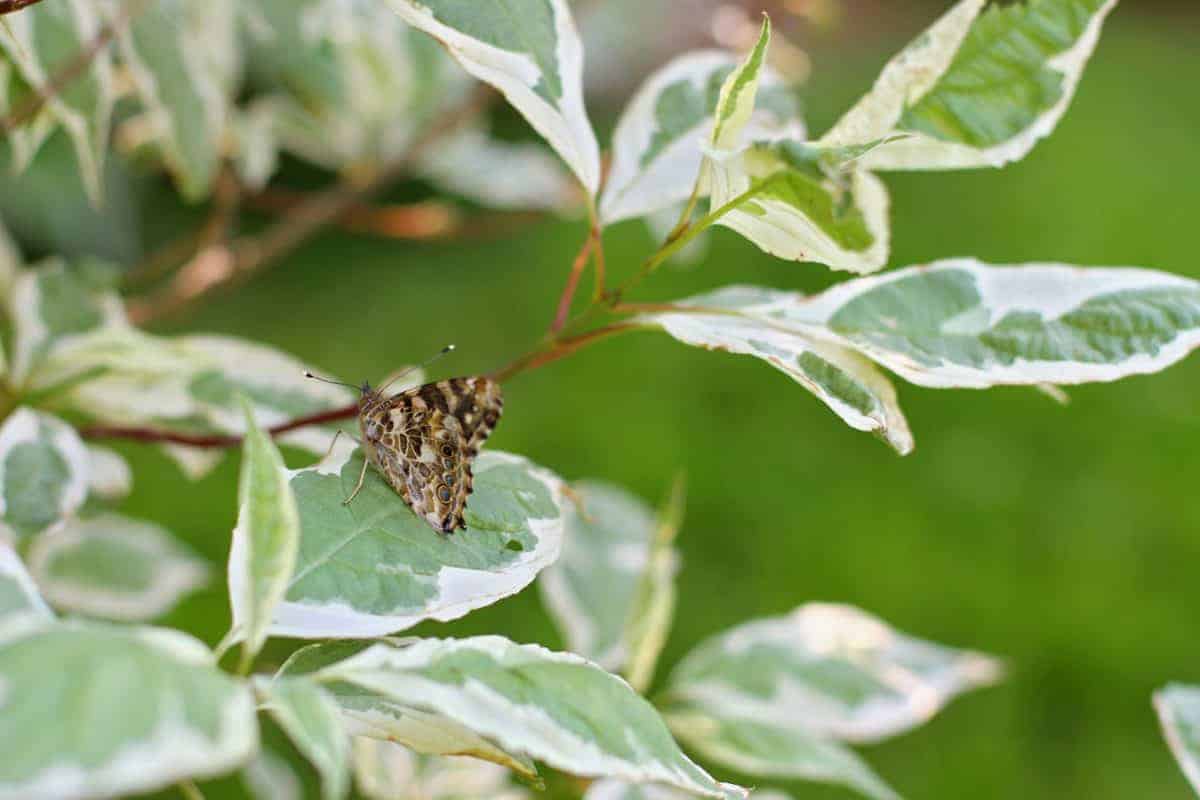
Have you ever raised butterflies with your kids?
Comments
6 responses to “Raising Butterflies with Kids”
Hello! Not sure if you will get this, since your post on butterfly habitats is a couple of years old, but I will try! I teach kindergarten and we have always raised butterflies. This year, because of the distance learning, I can’t do it in the classroom, but would like to give each child 2 caterpillars to “raise” at home. (We have learning packets that parents pick up every two weeks; I would give them the caterpillars then.) I can buy the cup of caterpillars, and separate the food and caterpillars, but really can’t afford to buy 14 mesh habitats. I like your idea of a habitat while they are caterpillars, and thought that maybe they could stay in there until they turn into butterflies. Is there a reason you moved them to the mesh habitat? I realize you are not necessarily a butterfly expert, but wondered what you thought of just keeping them in a jar with mesh over the top? Thanks for any help you can give me!
I’m wondering the same thing. Are you able to leave them alone, in the same habitat all the way through?
I am not the author, but can answer your question.
Once the caterpillars form a chrysalis, there is no need to keep them in a mesh. The most importamt thing is that they have some way to hang upside down upon hatching, such that gravity can expand their wings. Everything else will take care of itself. Hope this helps!
Do the woly bear caterpillars need company and sticks and leaves?
[…] the butterflies into the wild is a memorable moment they won’t soon forget. See our post on raising butterflies from caterpillars for more […]
[…] encouraging the presence of caterpillars in your garden, you can help keep pests under control without the use of harmful […]


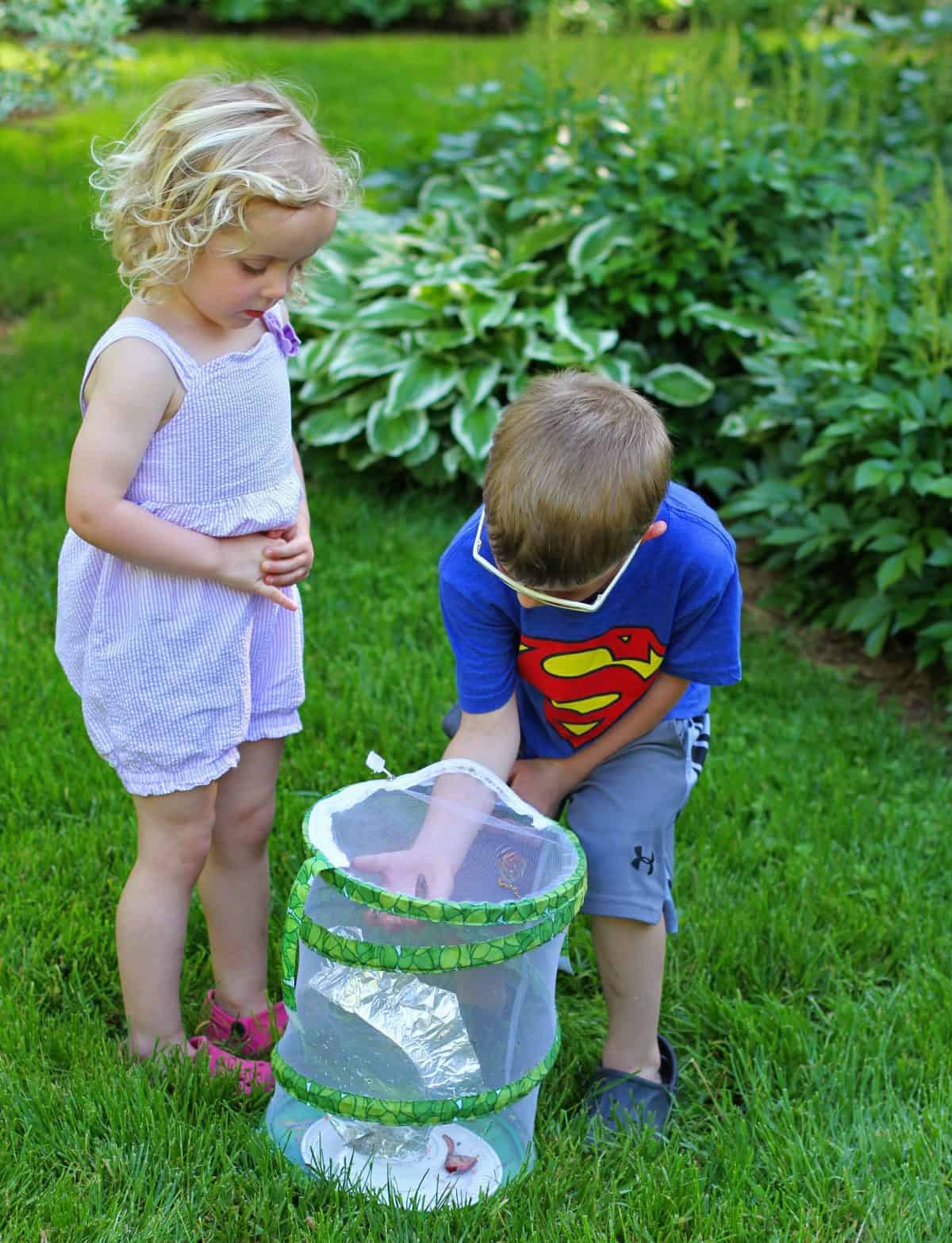
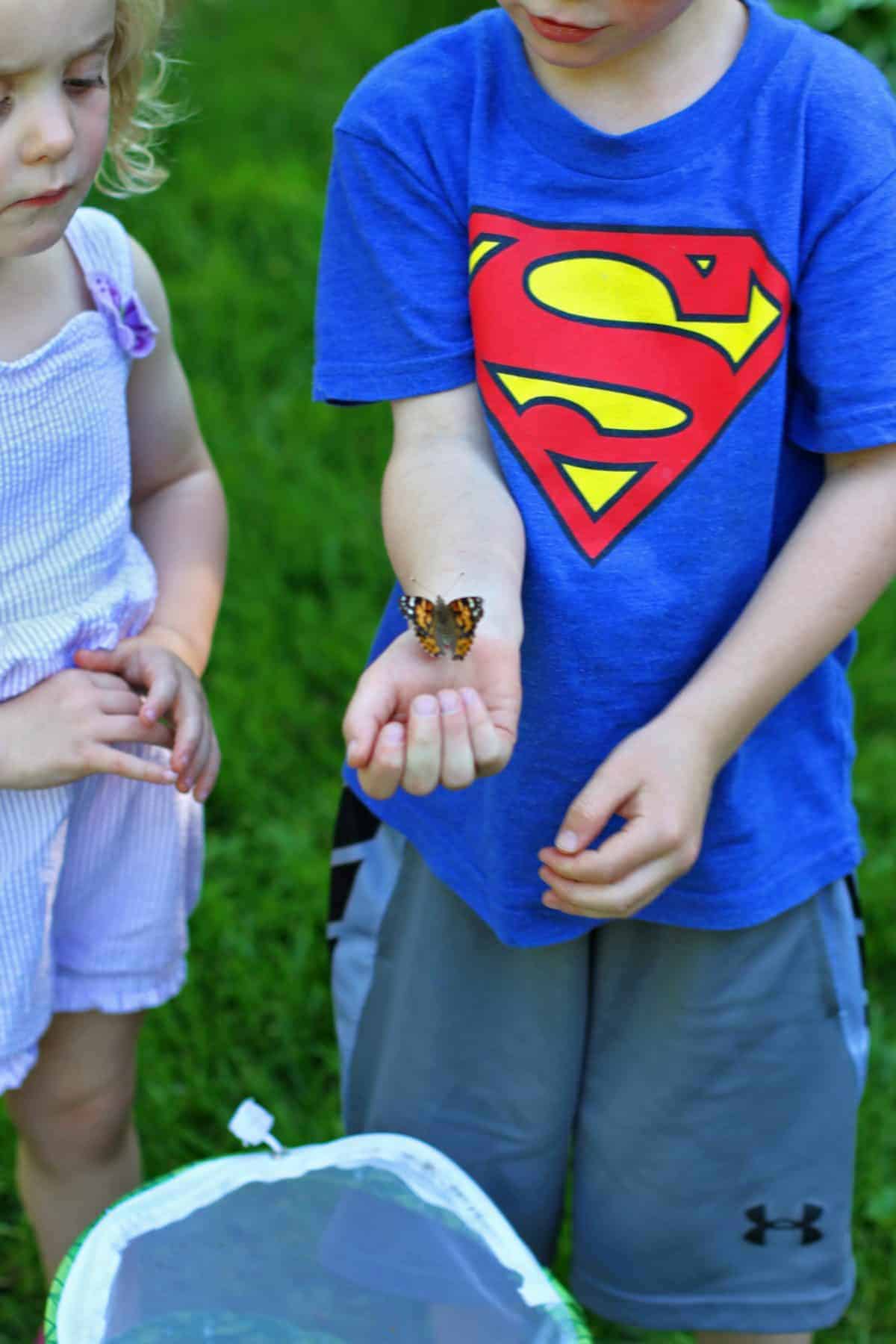
Leave a Reply